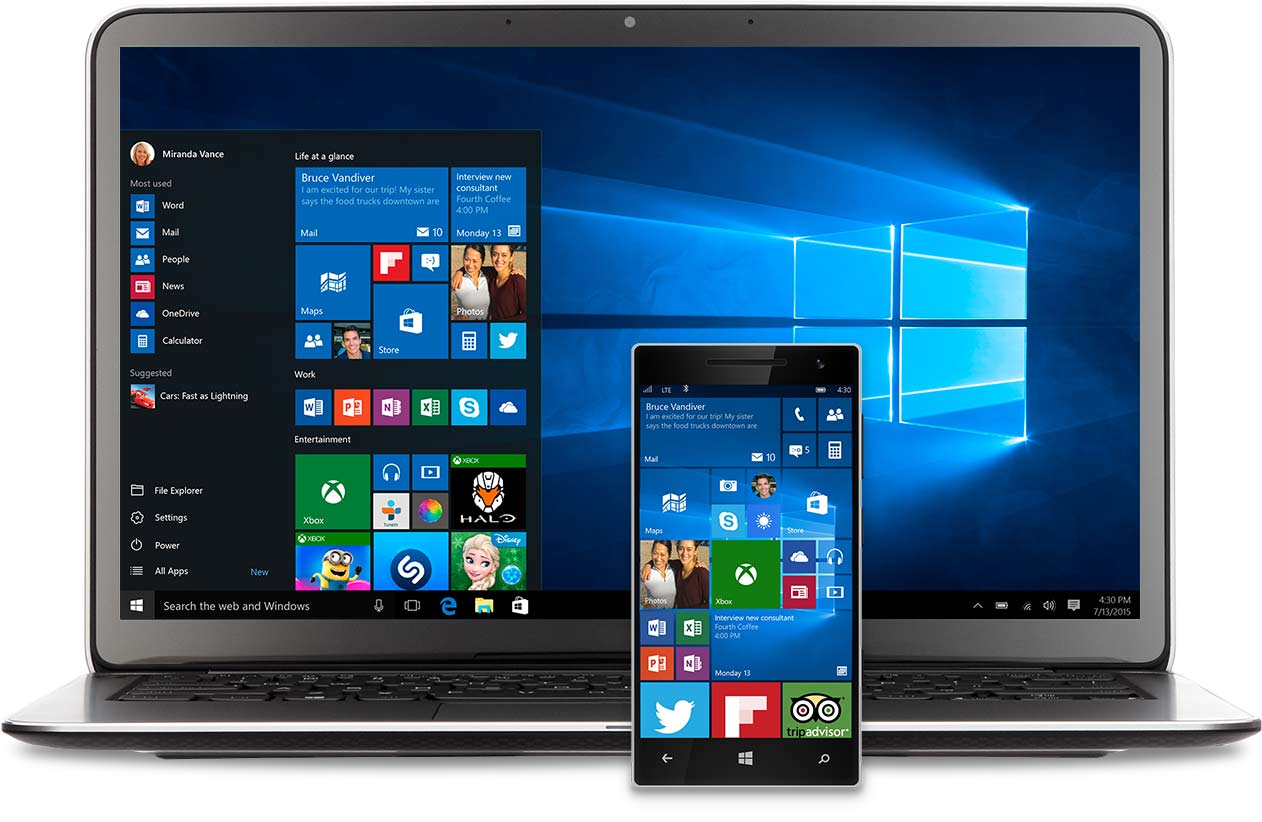Three reasons why Microsoft Windows 10 Enterprise is being adopted faster than any previous Windows
Since Microsoft Windows 10’s official release to enterprise clients, the rate of adoption of the new operating system has soared, consistently matching analysts predictions, with reports from enterprises in the process of upgrading their existing IT infrastructure to Windows 10. Notable examples of how well Windows 10 is doing in the corporate world, include Bank of America, among some of the largest entities to make the switch.

According to market research firm Gartner Inc., 50% of all enterprises are expected to complete the upgrade by 2017. Gartner’s VP of research Steve Kleynhans has stated that he believes that the implementation of Windows 10 in enterprise will be more rapid than for Windows 7, six years ago. The base of this prediction finds roots into three concepts:
First of all, with the end of support for Windows 7 in 2020, businesses have some considerations to make, particularly in light of the fact that tablets and 2-in-1 devices are expected to assume a prominent role in business by 2017. By this token, Gartner believes that organizations will be deploying twice as many cloud applications, compared to 2015, which will lead to companies launching, at the very least, Windows 10 pilot programs, starting from next year.
In simpler terms, organizations are already looking to move towards platform independent applications, such as universal apps that can be deployed and managed quickly and efficiently across all devices, with platform-dependent applications gradually becoming a “manageable minority”, down to 20-30 percent of an ideal application portfolio.
The second basis for Gartner’s prediction is the trend in touchscreen device adoption. Mobile devices like tablets and smartphones are slowly but steadily gaining sufficient hardware resources to run desktop-class applications. According to Gartner, a third of all laptops on the market will feature a touchscreen, by 2018, with an equal percentage of enterprise workers spending more time on touchscreen devices than they would on full desktop PCs.
The third basis is very much related to the point made previously, as an increased availability of touchscreen devices will have the effect of pushing enterprises away from an image-management model, which today still requires companies to deploy desktop applications together with the operating system, through the supply of disk images. This will change as enterprises upgrade to Windows 10, which allows for applications to be deployed, managed and kept up to date, using Windows Update for Business, instead of forcing IT departments to run executable files whose installation process may put productivity on hold.
The bottom line
A more concise way to look at it, is that Gartner is very much referring to a phasing out of at least 60 percent of applications that rely on a full desktop system, to operate. Many of these apps are already being rethought and redesigned, to be easier to use on touchscreens, while retaining the same flexibility and level of productivity, as their desktop counterparts.
Since there will be an increasing number of portable desktop devices featuring touchscreens, such as Microsoft Surface Book, and other powerful 2-in-1, deploying apps will be a lot easier and faster on those devices, and far more cost-effective.